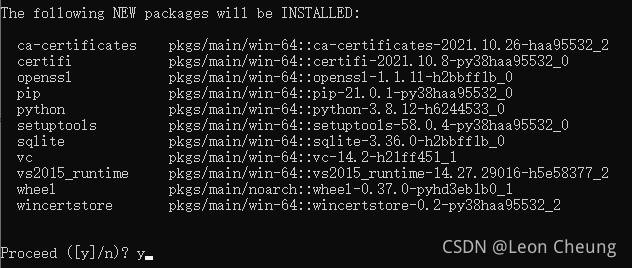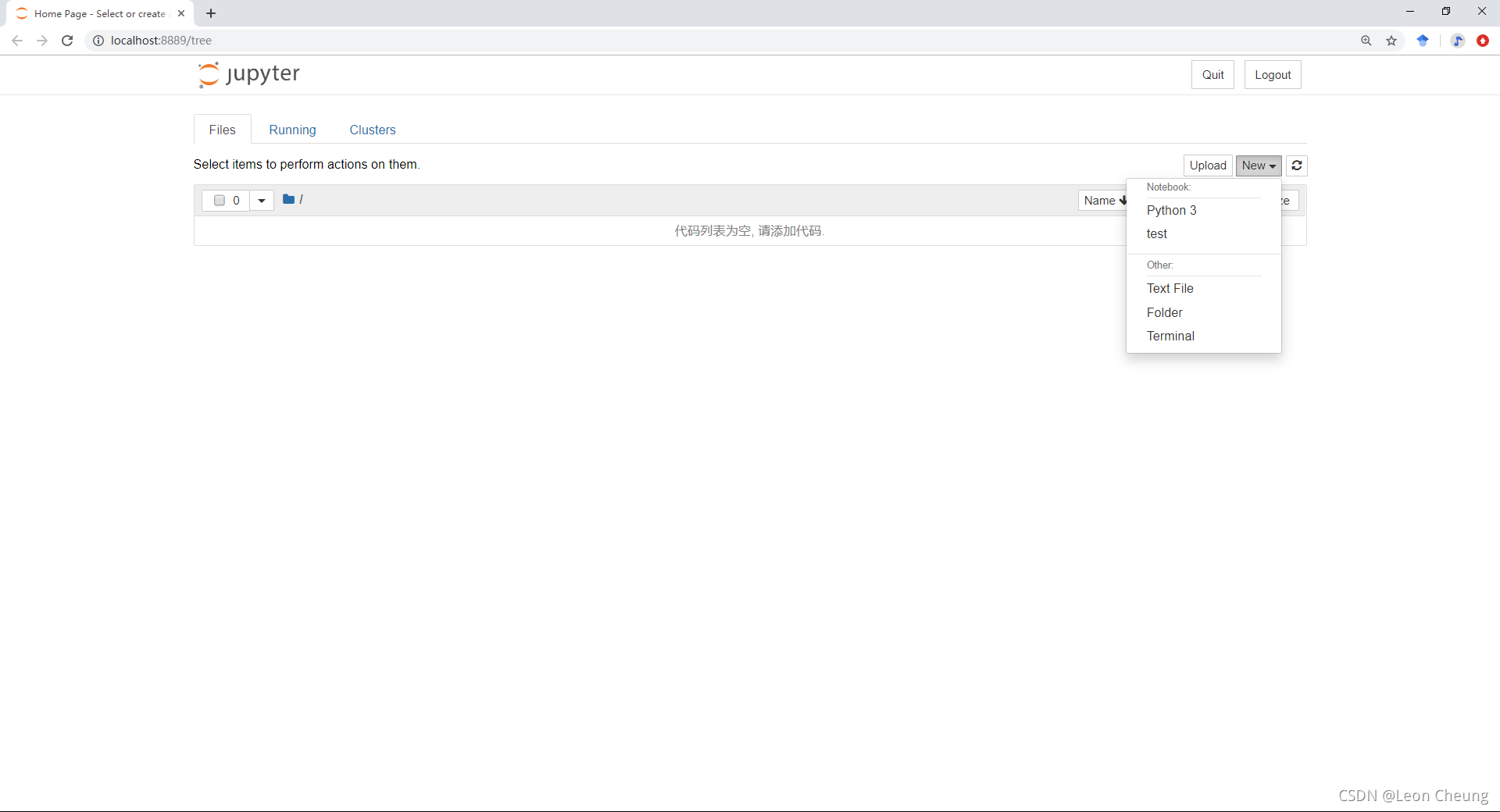outlines:
*为什么需要将创建的虚拟环境添加到jupyter notebook中。
*使用anaconda新建python虚拟环境。
*将新建的python虚拟环境kernel添加到jupyter notebook。
1、为什么需要将创建的虚拟环境添加到jupyter notebool中
当我们使用anaconda新建了一个python虚拟环境时,此时我们想要在jupyter notebook中使用该kernel,但是当我们打开jupyter notebook时我们会发现新建的虚拟环境并没有添加到jupyter notebook中。本文将从虚拟环境的创建、虚拟环境的添加进行叙述。
2、使用anaconda新建python虚拟环境
python虚拟环境的创建许多博客已经叙述得很详尽了,但是本文将再次叙述一次,以方便读者。
1)首先我们可以在命令行(cmd)中查看系统中anaconda有哪些环境可用:
conda env list

其中base是anaconda中python的基环境,默认的。labelme是博主添加的一个虚拟环境。
2)现在我们可以创建我们自己的python虚拟环境:
conda create -n 环境名 python=版本号



第一个图像块代表创建虚拟环境,其名称为test,python的版本为3.8。
第二个图像块表示需要进行确认安装相关的包,输入y。
第三个图像块表示虚拟环境创建成功。
如果需要删除某个虚拟环境:
conda remove -n 环境名 --all
3、将新建的python虚拟环境kernel添加到jupyter notebook
将新建的虚拟环境添加到jupyter notebool只有三步。
1)激活虚拟环境
activate test
2)安装**ipykernel**包
pip install ipykernel
3)添加虚拟环境至jupyter notebook
python -m ipykernel install --name 环境名称
此处的环境名称可与anaconda中创建的环境名称一致,也可以不同,但是通常情况下保持一致。
此时jupyter notebook中就可以使用新创建的虚拟环境test。
